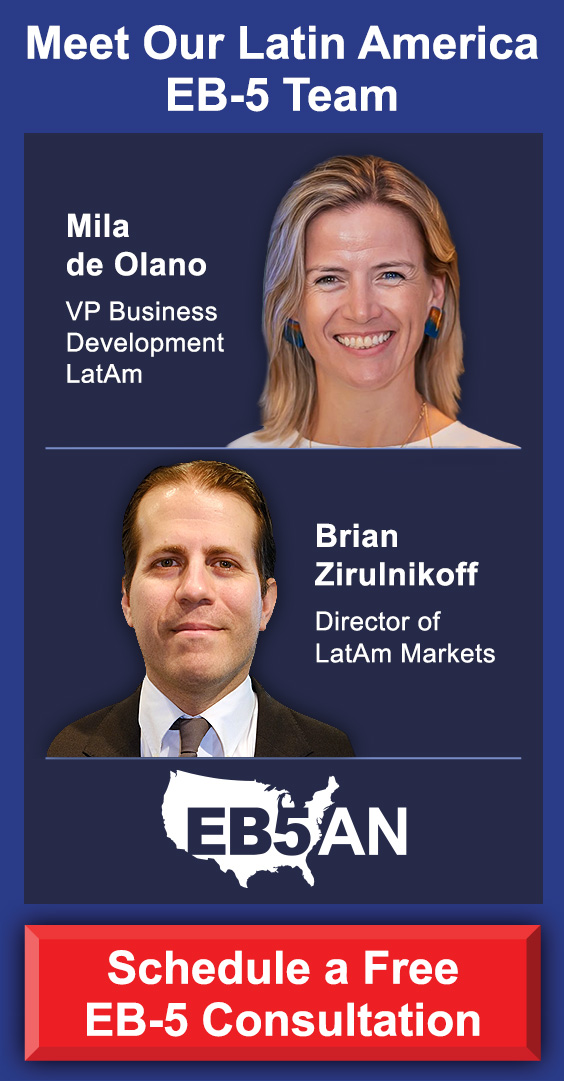With steadily growing demand from countries like India, the H-1B visa program has seen extraordinary success in bringing talented workers, especially from STEM fields, into the U.S.
USCIS recorded 343,981 eligible registrations for H-1B visas for fiscal year 2026—far exceeding the 85,000 slots available under the congressionally mandated caps. During the March 2025 registration period, nearly 57,600 employers filed petitions for approximately 339,000 unique H-1B workers, reflecting a roughly 4:1 oversubscription ratio.
Of the H-1B petitions approved in fiscal year 2024, 71% were for H-1B applicants born in India, highlighting the program’s sustained appeal for STEM talent from the country.
While demand has continued to grow, the H-1B visa still comes with great uncertainty. H-1B workers who are laid off or leave their jobs have historically received a 60-day grace period to find another qualifying H-1B sponsor or leave the country.
However, it’s often impossible to find another qualifying job or transition to another non-immigrant visa in only 60 days. With layoffs often coming as a shock, H-1B workers and their families may be forced to leave the country on very short notice, completely uprooting their lives.
And the restrictions for H-1B workers may be growing.
In mid-2025, immigration lawyers reported instances of the Department of Homeland Security (DHS) trying to deport H-1B employees who have lost their sponsorship—even before their grace period ended.
While it’s unclear whether this will become a trend and what the long-term implications will be, one thing is clear: The H-1B visa has never been more uncertain. The 60-day grace period, already very short to begin with and troublesome to resolve, may no longer be extended by DHS.
If you are an H-1B worker, one of the few options to avoid this scenario is to make an EB-5 investment. The EB-5 program allows you to immediately adjust your immigration status and remain in the U.S., regardless of your H-1B status or grace period.
What is more, you could get your EB-5 Green Card in as little as 9 months. During that time, you could obtain a work permit so that your career doesn’t have to be put on hold.
Once you become a permanent resident, you can live and work long term in the U.S. with no uncertainty and no conditions for employer sponsorship.
At EB5AN, we regularly work with H-1B workers across the United States to help them file their EB-5 petitions, adjust their immigration status, get work and travel permits, and receive their U.S. Green Cards.
Ram, an H-1B worker who invested in our Twin Lakes rural project, explains the peace of mind he gained from EB-5: “When I started looking into EB-5, one benefit that came with EB-5 was the ability to adjust status once you file, and then get an employment permit. That definitely takes some pressure off in terms of layoffs and the ability to easily switch jobs.”
Ram not only avoided the uncertainty of an H-1B layoff—he already holds his U.S. Green Card and can enjoy living in the U.S. as a conditional permanent resident.
By partnering with EB5AN and making an EB-5 investment, you too can avoid possible deportation and other risks associated with your H-1B visa, securing your and your family’s future in the U.S.
In this article, we analyze the latest reports from H-1B workers and the risks stricter DHS policies could create. Then we analyze why EB-5 is one of the few ways for laid-off H-1B workers to remain in the United States.
Could H-1B Workers Lose Their 60-Day Grace Period?
How EB-5 Can Protect H-1B Workers From Having to Leave the U.S.—Or Being Deported
Act Now to Secure Your Future in the U.S.
Could H-1B Workers Lose Their 60-Day Grace Period?
Historically, DHS has allowed H-1B workers to remain in the U.S. without complications throughout their 60-day grace period following a layoff.
But we have become aware of reports of H-1B workers on their grace periods receiving notices to appear (NTA) in immigration court. The H-1B sponsors had revoked each worker’s status.
On these NTAs, DHS claims that the employer’s withdrawal of the worker’s H-1B status means their former employee must leave the country—even before their 60 days are up.
Based on this, DHS is claiming that H-1B workers who remain in the U.S. after the date their H-1B sponsorship is revoked are “overstaying.” As a result, these H-1B workers would be “subject to removal”—that is, deportation.
What are the implications of such a shift in DHS policy?
It’s possible that the agency is confusing the revocation of these individuals’ H-1B status with the revocation of their 60-day grace period. If that is the case, this may not necessarily become the new norm for DHS.
But H-1B workers should note that, under law, DHS is allowed to “eliminate or shorten the 60-day period as a matter of discretion.” While it has this authority, the agency has never been known to act upon it—yet.
Their recent actions, though, may signal that DHS will now attempt to challenge the H-1B grace period or even eliminate this provision altogether. This would be in line with the second Trump administration’s stricter policies for non-immigrant visa programs.
If this is the case, then H-1B workers would face significant challenges.
After years of living in the U.S with their families, building a career, and becoming part of the community, H-1B workers who get laid off would face deportation unless they quickly return to their home countries. Put simply, after already receiving the anxiety-inducing news of being laid off, they would then likely have to leave the country they call home—as would their spouses and children covered by their H-1B visa.
Thankfully, EB-5 presents families with the chance to avoid having their lives uprooted.
How EB-5 Can Protect H-1B Workers From Having to Leave the U.S.—Or Being Deported
As mentioned at the outset, the EB-5 program not only allows H-1B workers to get Green Cards in months; it also enables them to adjust their immigration status immediately upon filing Form I-526E, the initial EB-5 petition.
H-1B workers who make an EB-5 investment can file Form I-485, Application to Register Permanent Residence or Adjust Status, along with the I-526E petition. This adjusts an applicant’s immigration status to “pending,” allowing them to remain in the U.S. lawfully regardless of their H-1B status.
Doing so would protect an H-1B worker, along with their family, from scrutiny from DHS during their grace period. In other words, filing an EB-5 petition and adjusting status would be one of the few certain ways to avoid possible deportation for a laid-off H-1B worker.
With uncertainty surrounding the historic 60-day grace period, H-1B workers gain an additional benefit from making an EB-5 investment: They can apply for work and travel permits along with their I-526E and I-485 petitions.
For H-1B workers, the greatest benefit of an employment authorization document (EAD) is the ability to work for any employer—in any industry—in the United States. With their immigration status no longer tied to their employment, EAD holders can work full-time, part-time, or start a business of their own.
And an advance parole (AP) travel permit allows holders to travel internationally in and out of the United States with few restrictions. This means that you can still travel to see family or go on vacation while awaiting I-526E approval, all without having to worry about reentry.
Multiple H-1B workers have invested in EB5AN’s projects and successfully completed this process. They have adjusted their immigration status, secured their place in the U.S, and received EADs and APs in as fast as 30 days.
Reflecting on his immigration process, Gurpreet, an H-1B worker who invested in our Twin Lakes project, explains, “If you happen to lose your job due to any reason, you really have a limited number of days, and beyond that, if you cannot find a job, you really have to leave the country.”
“And then, if you have to change the employer as well,” he continues, “you need to really make sure that you need to find an employer who is willing to transfer your visa or who is willing to go through that whole transfer process.”
Gurpreet’s I-526E submission has already been approved by USCIS.
Milan, who has his EAD and AP as well as an I-526E approval, had a similar experience: “[EB-5] was a very stress-relieving thing. And the main thing is, while you are on an H-1B, you are tied to an employer and you can only have one job.”
Now as an EB-5 investor, Milan can work anywhere for anyone he wants—or not work at all if he so chooses.
Act Now to Secure Your Future in the U.S.
“The H-1B program brings the best of the best global talent to the U.S.,” says Sam Silverman managing partner of EB5AN, “and many of these skilled workers have chosen to invest with us to become Green Card holders.”
In light of recent events, Silverman adds, “Because it’s looking very possible for DHS to tighten restrictions for H-1B workers, the EB-5 program is one of the very few ways to avoid having to leave the U.S. on short notice.”
By making an EB-5 investment, H-1B workers can continue to build their careers and lives in the U.S.—without risking deportation or an NTA.
EB5AN has helped more than 2,700 families from 70+ countries relocate to the United States as lawful permanent residents, with many of these investors transitioning from H-1B visas. Our expert team has more than a decade of experience, and we offer our clients first-rate, low-risk EB-5 regional center projects with a 100% USCIS project approval rate.
To ensure the process is as seamless as possible, we offer free consultations for H-1B workers interested in pursuing the EB-5 program. Schedule yours today and take the first step toward living and working in the U.S. long term.








